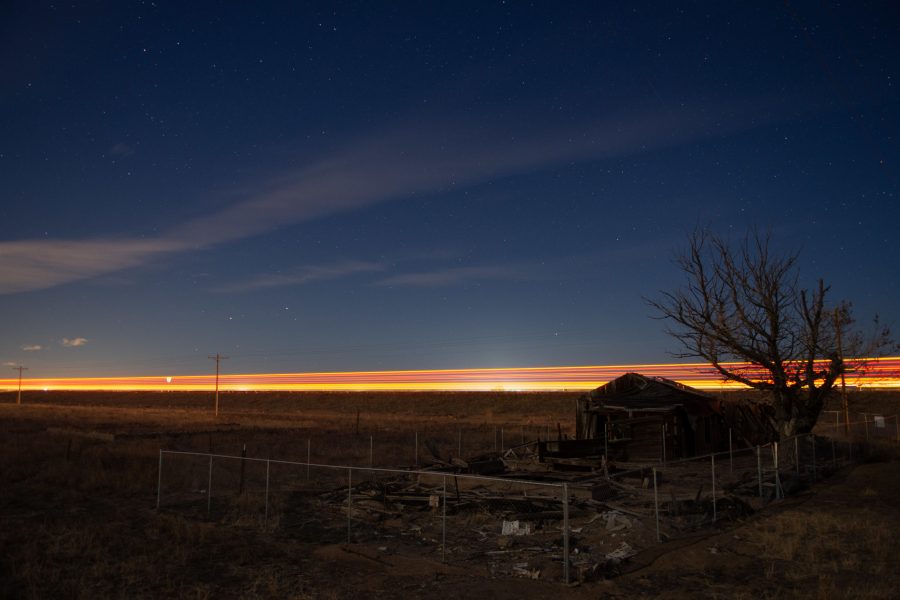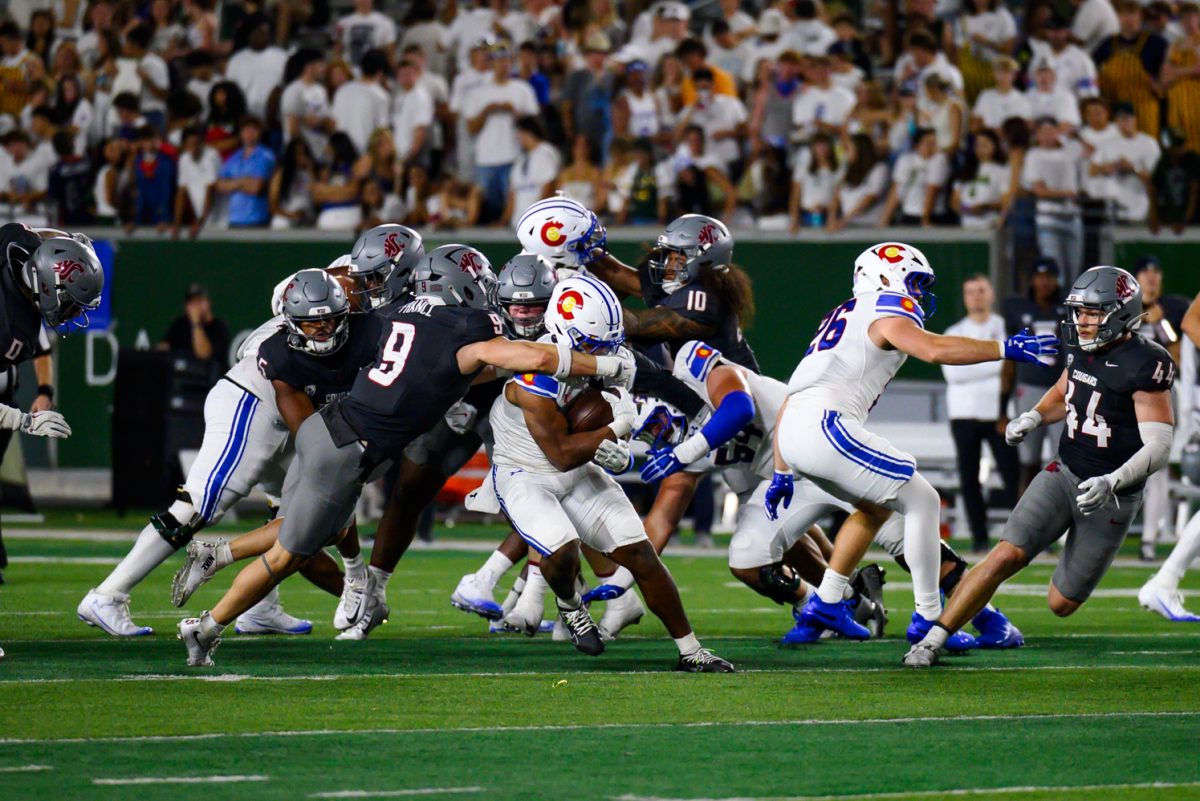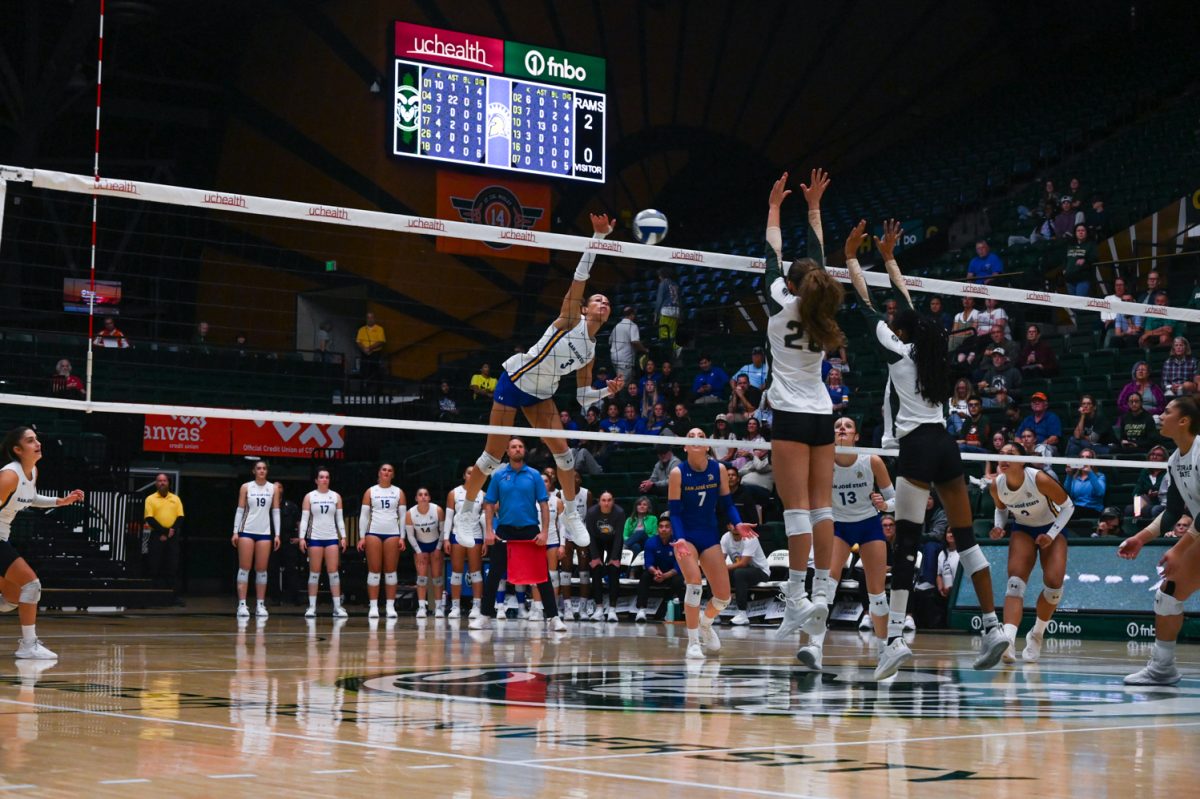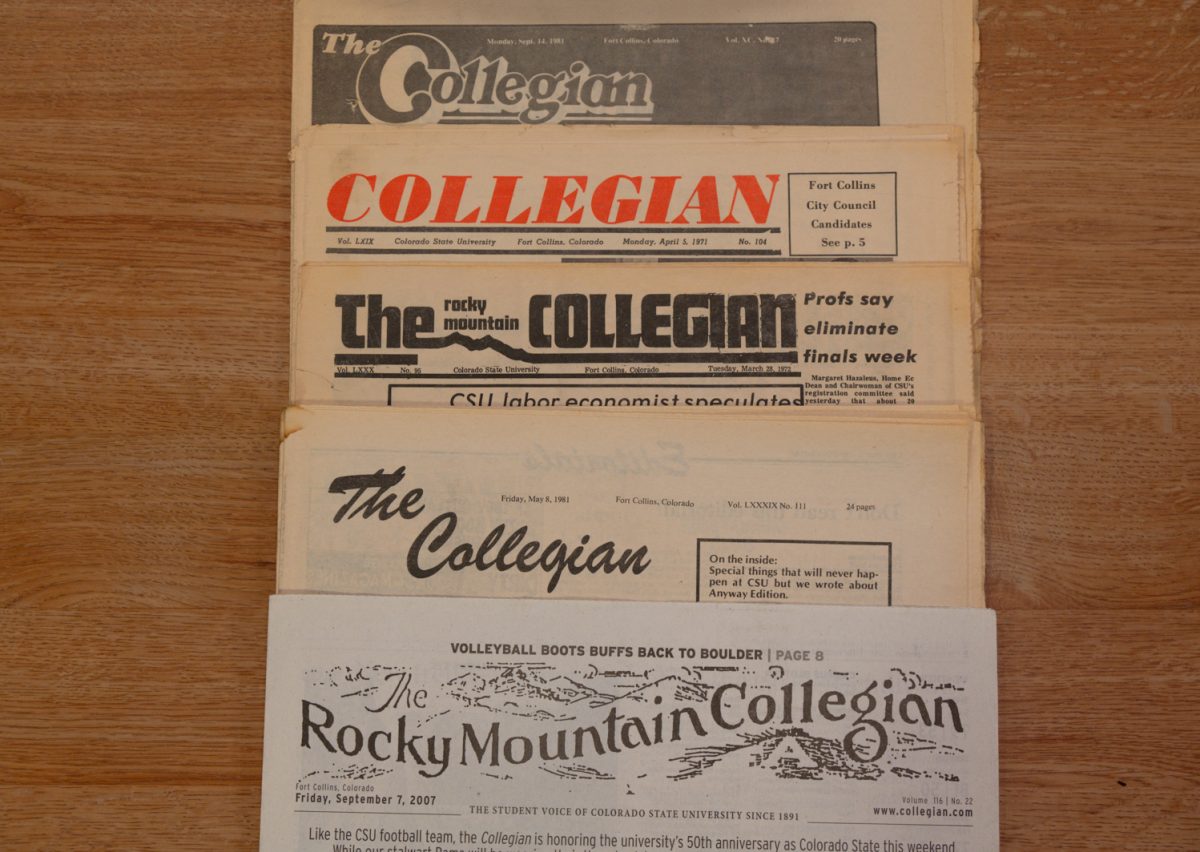
On March 21, 1945, Kenny Washington joined the Los Angeles Rams and became the first Black football player to sign an NFL contract. Forty years earlier, Alfred Johnson became the first Black football player to play for Colorado Agricultural College, now Colorado State University.
Johnson, a sub-freshman at the time, took the field for CAC as a left tackle during their first game of the 1905 season on Oct. 7 against the University of Denver. Initially refusing to play, DU would eventually participate in the game on the condition that it counted only as a practice game.
A player would step on the field and most of the times the coach would say, ‘Oh, get out of here, you’re not wanted here,’ but that didn’t happen at CSU during these times.” -John Hirn, volunteer historian
In the book “Aggies to Rams: The History of Football at Colorado State University,” author and volunteer historian for the Colorado State athletic department John Hirn writes, “DU stated, it would not, however, play against a Black man in a regular championship game.”
Hirn’s book indicates this game was later considered an official contest and DU forfeited, officially making Johnson the university’s first Black football player.
The front-page story of the Oct. 8, 1905 edition of The Rocky Mountain News reported on the game that broke the collegiate football color barrier in Colorado. The story was republished in its entirety on Hirn’s Colorado Aggies website and sheds light on the rampant racism that Johnson was subjected to. In the article, University of Denver head coach Ora Smith Fowler is quoted saying, “Negroes on football teams have caused needless squabbles, and we should keep peace in the family by drawing the color line.”
Despite the racial prejudices Johnson was subjected to, he elected to continue playing with the support of the university’s president Barton O. Aylesworth and head football coach John H. McIntosh.
“Barton Aylesworth said as long as he’s enrolled in this school and he’s a student here, he has every right to play in whatever sport or do anything that our other students do,” Hirn said in an interview with The Collegian.
In the Rocky Mountain News story about Johnson’s first game, McIntosh is quoted saying, “If Johnson proves to be a better tackler than anyone else he will be played in that position if no rule is made, and we will appear on the field with him, and the other fellow will either play there or forfeit.”
In the fourth ever Border War, the Aggies would defeat the University of Wyoming 34-5 with Johnson scoring the first touchdown of the game, according to The Rocky Mountain Collegian‘s recap of the contest which was published on Dec. 8, 1905.
Johnson would letter for the football team in the 1905 and 1906 seasons and would be the last Black athlete to play for the Aggies until 1936. Although the color barrier had been broken, over roughly the next 30 years it was quietly built back up. While there was no official rule against playing Black athletes according to Hirn’s book, it was still regarded as highly controversial in the early 1900s to have any people of color on your team.
“They probably didn’t want to deal with all of the social aspects of getting an athlete accepted,” said Hirn. In an email to The Collegian, Hirn further contextualized why there was a lack of Black athletes after Johnson finished playing.
“I do not know if the ethnic backgrounds can be traced through records, but just look at the yearbooks between those dates and you will find that the school was more than 95% white with some Latin American and Asian students,” Hirn wrote.
Alongside the racial prejudices of the time, Colorado State’s athletic department went through numerous personnel changes, making the program devoid of any type of consistency or leadership that would be willing to field a Black athlete. Hirn emphasizes the importance of administrative leadership and its role in supporting the first Black athletes at CSU.
“It wasn’t just the player being able to step on the field, it was that support of the president of the school and the athletic department,” Hirn said. “A player would step on the field and most of the times the coach would say, ‘Oh, get out of here, you’re not wanted here,’ but that didn’t happen at CSU during these times.”
When the athletic department was devoid of leadership that was willing to support athletes in challenging the color barrier, athletes of color ceased to be found at CSU. This lack of diversity amongst Aggie athletics remained until Howard Kinchelow competed in his first collegiate wrestling competition on Feb. 19 of 1938, according to the Feb. 24, 1938 edition of The Rocky Mountain Collegian.
The Collegian wrote, “Bright light of the meet was the heavyweight class match in which Howard Kinchelow, wrestling for the first time in college competition, threw his man, Dow, in 37 seconds for a local record.”
What reopened the door for Black athletes, according to Hirn, was the legendary acclaim surrounding Harry Hughes and his career as director of athletics at Colorado State. Hirn wrote, “Harry Hughes had become so respected within the conference and the entire country, nobody dared push back if he or any of his coaches wanted to play an athlete of any other race.”
The wrestling coach that supported Kinchelow was Hans Wagner, who was “Hughes’ closest confidant,” according to Hirn and was “known throughout his career as a coach for his willingness to allow any able-bodied student an opportunity to play sports,” according to an article chronicling Kinchelow’s career on the CSU athletics’ website.
Beyond the wrestling mat, Kinchelow held a role in the Cosmopolitan Club, a club formed to “break down all national and racial prejudices especially on the part of Americans and to promote a bond of good fellowship,” according to the article.
While there are always improvements to be made in making sure athletes of color feel properly and equally represented, Colorado State can look to Johnson, Kinchelow and the support they received from their administrations as the catalysts behind the fall of the color barrier within CSU athletics.
Scott Nies can be reached at sports@collegian.com or on Twitter @scott_nies98.











